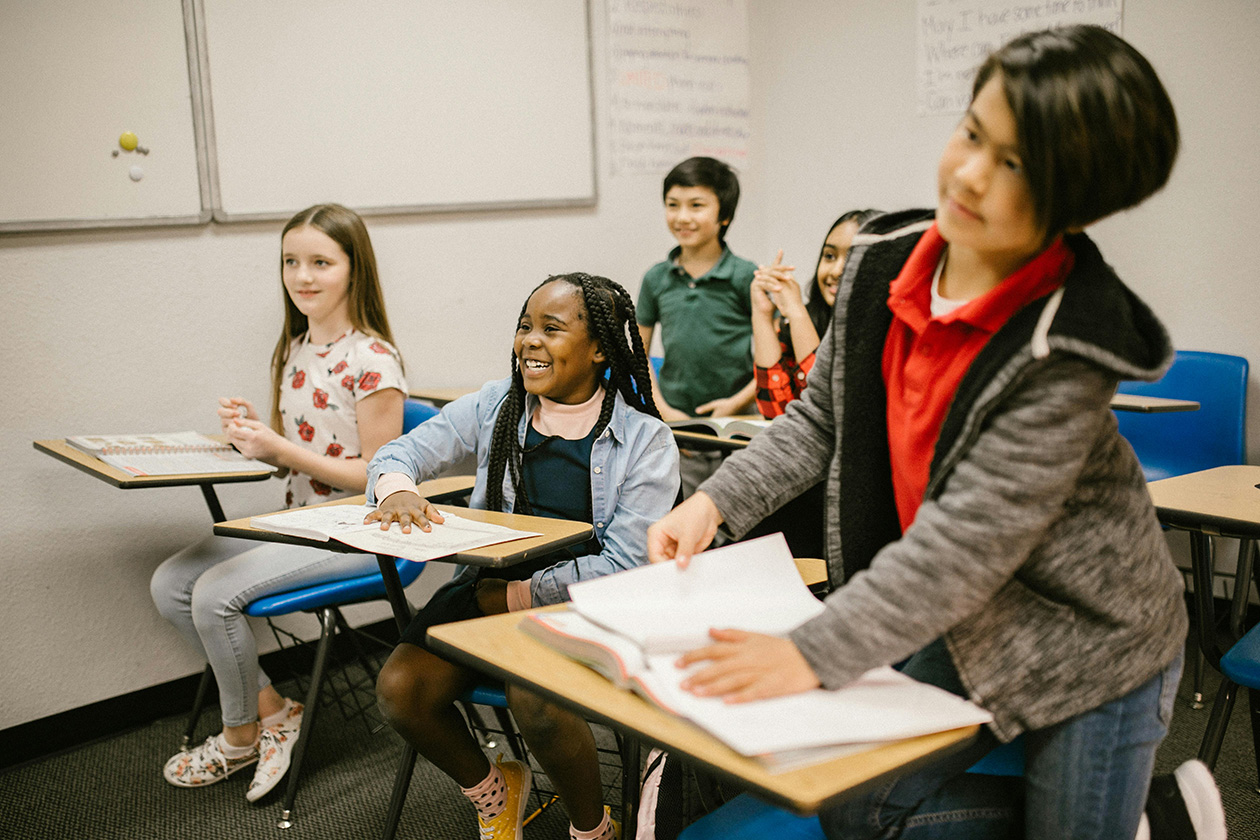Common Elements Distillation Approach to Research Synthesis (CEDARS)
 Who is leading this project?
Who is leading this project?
Bryce McLeod, Ph.D., and Kevin Sutherland, Ph.D.
How is this funded and how long will it take?
CEDARS is an IES-funded project (R305A220261) for $1.3 million, running from 2022-2025.
What will this project examine?
CEDARS will examine what models and practices work, and under what conditions, to improve outcomes for elementary-aged students who experience social, emotional, and behavioral (SEB) problems. Researchers will match common elements to a) intervention (i.e., universal, indicated, tertiary) and b) student (i.e., problem type, age, gender, race/ethnicity) characteristics. This matching will determine what common element profiles have the strongest evidence for promoting positive SEB outcomes of elementary-aged students of different problem types, ages, gender, and race/ethnicity across different tiers of intervention.
What is the goal of this project?
To provide a common set of terms for the practices studied within the elementary literature.
What will the researchers do?
To achieve study aims, the project progresses through three phases.
Phase I: A literature search to identify all relevant unpublished and published studies that utilize group design (randomized clinical trials, quasi-experimental) and single case designs from the elementary literature focused on practices or models designed to improve the SEB outcomes of elementary students will be collected.
Phase II: All studies from Phase I will be analyzed for conceptual and methodological characteristics (including intervention and student characteristics).
Phase III: Common design elements from the studies in Phase I will be matched against the key intervention (universal, indicated, tertiary) and student (problem type, age, gender, race/ethnicity) characteristics found in Phase II.
What past research informed this project?
This project builds off of two prior IES-funded projects, a Measurement project (by Drs. McLeod & Sutherland) and a Development and Innovation project (by Drs. Sutherland & Conroy) that were the first to demonstrate practice elements for SEB outcomes could be distilled from the preschool and early elementary literature.
What will this project lead to?
This project is the next step in a program of research designed to produce actionable information about common elements that researchers and stakeholders (administrators, teachers) can use to develop and evaluate tailored interventions. Upon completion of this project, researchers intend to follow-up with the development of a decision support and implementation toolkit to inform the selection and implementation of interventions tailored to meet the unique SEB needs of elementary students within specific authentic school contexts.